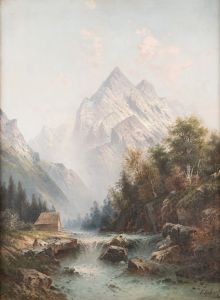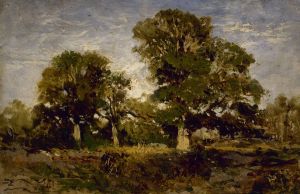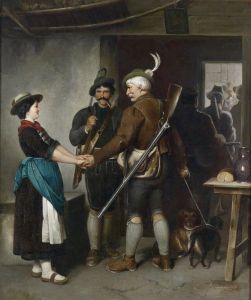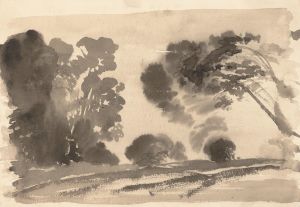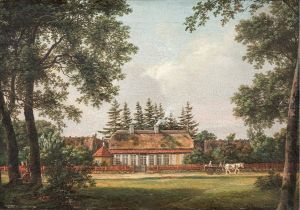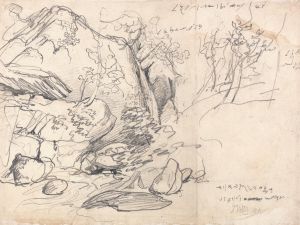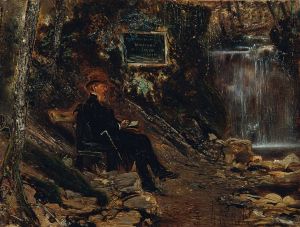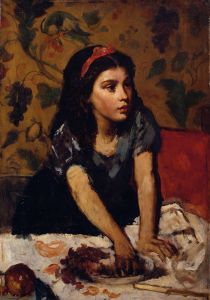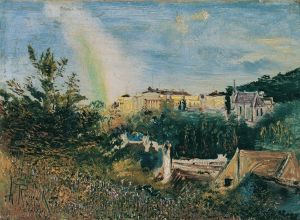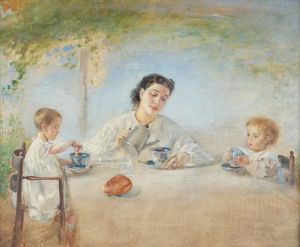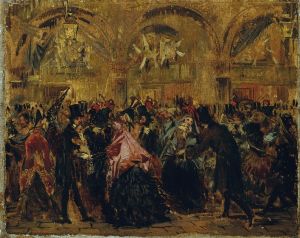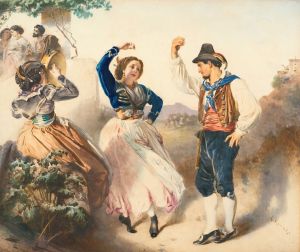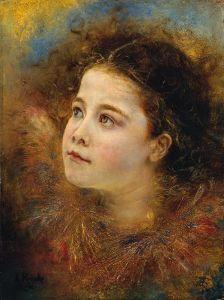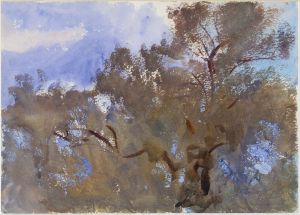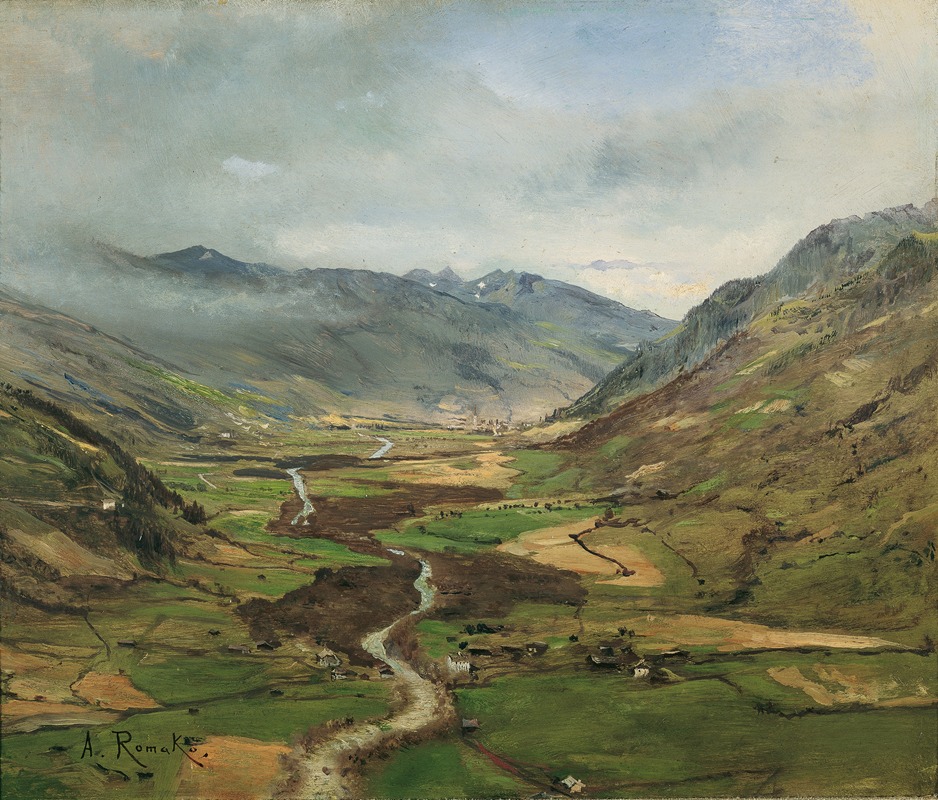
Das Gasteinertal II
A hand-painted replica of Anton Romako’s masterpiece Das Gasteinertal II, meticulously crafted by professional artists to capture the true essence of the original. Each piece is created with museum-quality canvas and rare mineral pigments, carefully painted by experienced artists with delicate brushstrokes and rich, layered colors to perfectly recreate the texture of the original artwork. Unlike machine-printed reproductions, this hand-painted version brings the painting to life, infused with the artist’s emotions and skill in every stroke. Whether for personal collection or home decoration, it instantly elevates the artistic atmosphere of any space.
Anton Romako (1832–1889) was an Austrian painter known for his unique style that combined elements of realism and impressionism. One of his notable works is "Das Gasteinertal II," which translates to "The Gastein Valley II." This painting is part of a series that Romako created, capturing the picturesque landscapes of the Gastein Valley, a region in the Austrian Alps known for its natural beauty and thermal springs.
"Das Gasteinertal II" is an oil on canvas painting that exemplifies Romako's ability to depict the serene and majestic qualities of the Austrian landscape. The painting features a panoramic view of the Gastein Valley, with its lush greenery, towering mountains, and a tranquil river that winds through the valley. Romako's use of light and shadow in the painting highlights the natural beauty of the area, creating a sense of depth and realism.
Romako's interest in the Gastein Valley can be attributed to the region's popularity as a destination for health and wellness during the 19th century. The valley was renowned for its therapeutic hot springs, which attracted visitors from across Europe. This influx of visitors and the region's stunning scenery provided ample inspiration for artists like Romako.
In "Das Gasteinertal II," Romako employs a meticulous attention to detail, capturing the intricate textures of the landscape. The foliage, rocks, and water are rendered with a high degree of precision, showcasing Romako's technical skill. At the same time, his brushwork conveys a sense of movement and vitality, bringing the scene to life.
The composition of the painting is carefully balanced, with the river serving as a central focal point that guides the viewer's eye through the landscape. The mountains in the background create a dramatic backdrop, emphasizing the grandeur of the natural environment. Romako's use of color is also noteworthy; he employs a palette of earthy tones and soft greens that enhance the painting's tranquil and harmonious atmosphere.
"Das Gasteinertal II" reflects Romako's broader artistic approach, which often involved a blend of realism and impressionistic techniques. While he was trained in the academic tradition, Romako was also influenced by the emerging trends of his time, including the impressionist movement. This influence is evident in his handling of light and his ability to capture the ephemeral qualities of nature.
Romako's work, including "Das Gasteinertal II," did not achieve widespread recognition during his lifetime. However, his contributions to Austrian art have been reassessed in the years following his death, and he is now regarded as an important figure in the development of 19th-century landscape painting. His paintings are appreciated for their technical mastery and their ability to convey the beauty and tranquility of the natural world.
Today, "Das Gasteinertal II" is held in a private collection or a museum, where it continues to be admired by art enthusiasts and scholars alike. The painting serves as a testament to Romako's skill as a landscape painter and his deep appreciation for the natural beauty of the Austrian Alps.





